Sources of Nutrients
Nutrients, like nitrogen and phosphorus, are naturally present in the water and are necessary for the healthy growth of plants and animals. On land, nutrients can boost plant growth on farms and within forests. However, in the wrong place or in the wrong amount, too many nutrients can cause severe environmental damage with major economic consequences.
Excess nutrients can negatively impact fish, wildlife and humans by degrading water quality or causing the rapid growth of algae, which may lead to eutrophication.
There are a number of sources of nutrients that enter our waterway from both urban and rural settings. These include stormwater runoff from urban settings, domestic wastewater, agricultural operations, industrial operations and other sources. Learn more about some of these sources in the materials below.
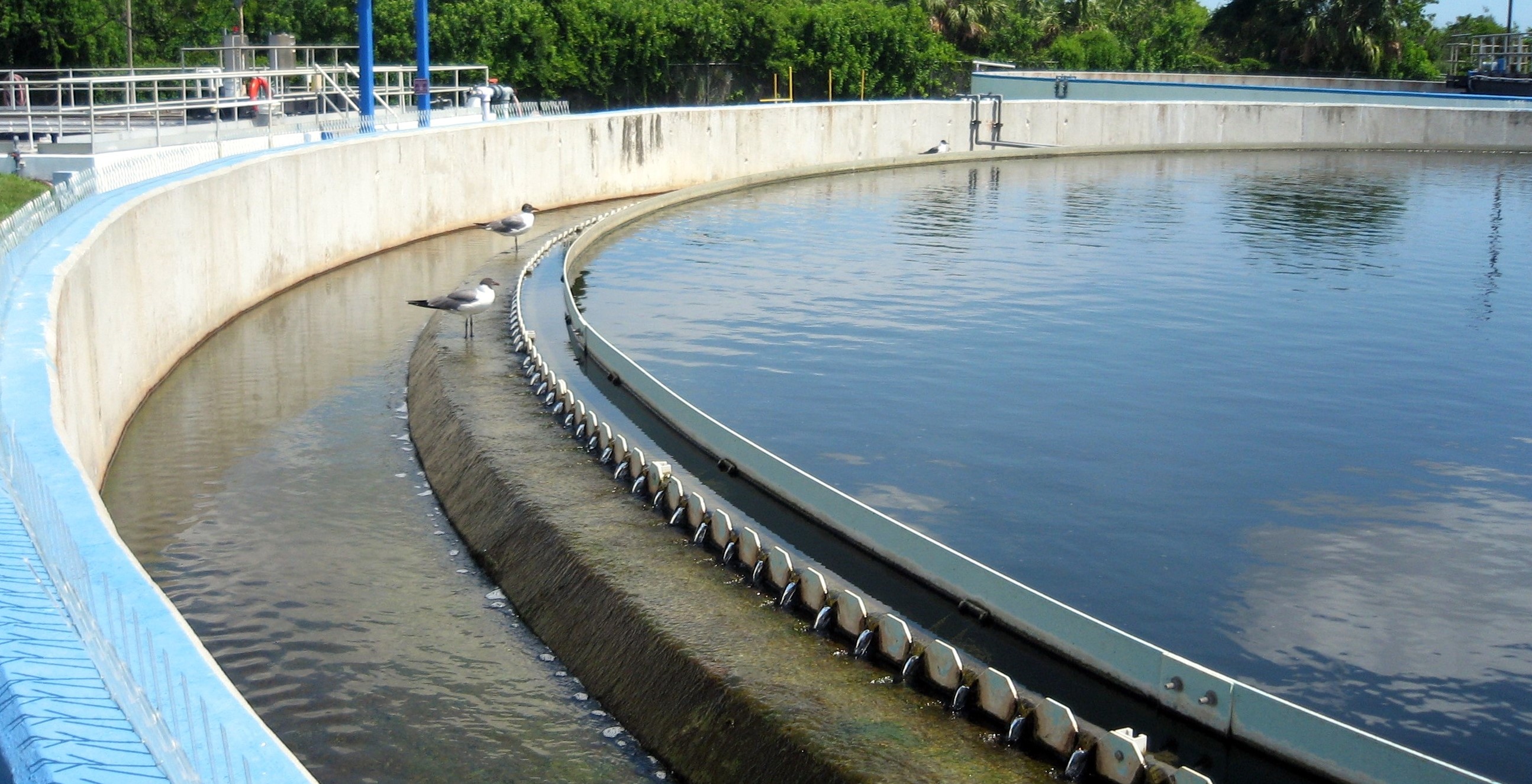
Domestic Wastewater
Each person generates about 100 gallons of domestic wastewater each day. This wastewater must be managed to protect public health, water quality, recreation, fish and wildlife, and the aesthetic appeal of our waterways.
The majority of the state's domestic wastewater is treated by larger centralized treatment facilities, which are the regulatory responsibility of the Department of Environmental Protection's (DEP) Wastewater Management Program. DEP's Onsite Sewage Program has responsibility for regulating OSTDS, which treat approximately 30 percent of our state's domestic wastewater.
There are about 2,000 permitted domestic wastewater facilities regulated by DEP, with a total treatment capacity of over 2.7 billion gallons per day.
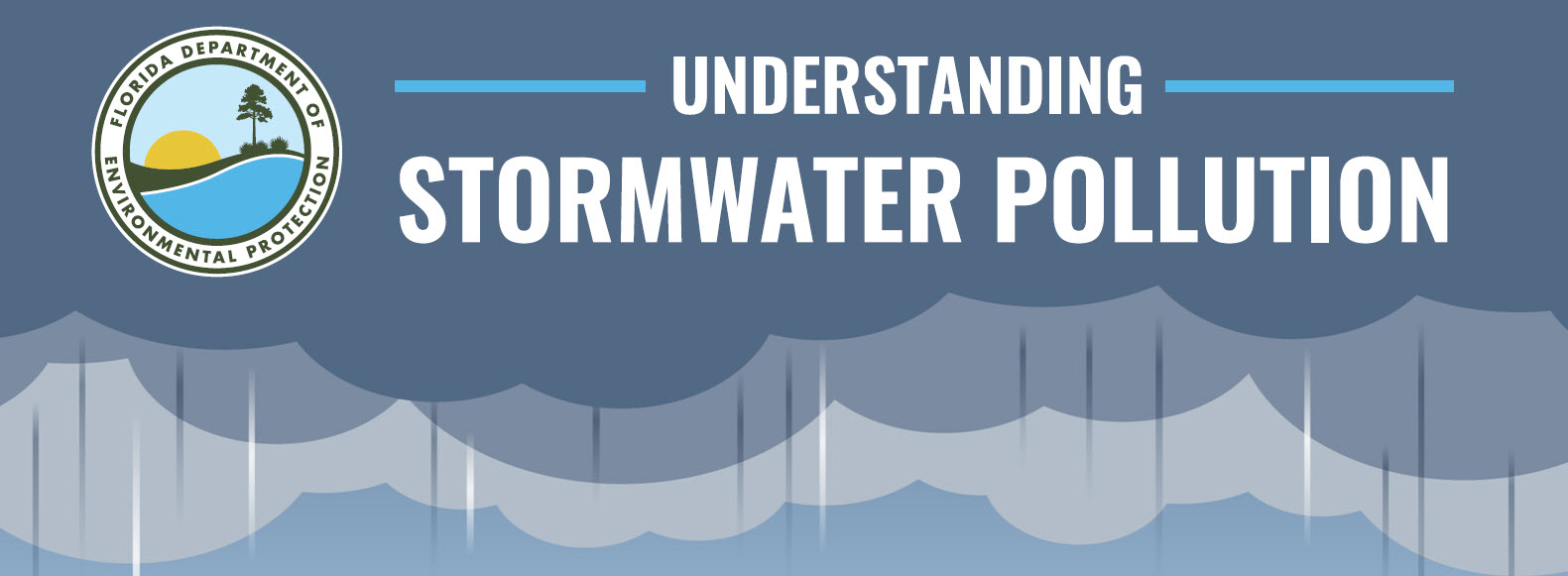
Understanding Stormwater Pollution
Stormwater runoff is generated from rain events that result in large amounts of water flowing quickly over land or impervious surfaces, such as paved streets, parking lots and building rooftops before it can soak into the ground. The runoff picks up pollutants like trash, chemicals, oils, and dirt/sediment that can harm our rivers, streams and lakes. View this infographic to learn how you can help prevent stormwater pollution.

Understanding Sanitary Sewer Overflows
A sanitary sewer overflow (SSO) is any overflow, spill, release, discharge or diversion of untreated or partially treated wastewater due to an obstruction, system failure, or capacity exceedance at the wastewater facility or in the contributing collection system. View this infographic to learn how you can help to reduce the overall impact that SSOs have on the environment and local infrastructure.

Understanding Reclaimed Water
Reclaimed water is highly treated domestic wastewater that can be reused for irrigation and other beneficial purposes to extend our water supplies. View this infographic to learn how reclaimed water is used and how to use reclaimed water responsibly.
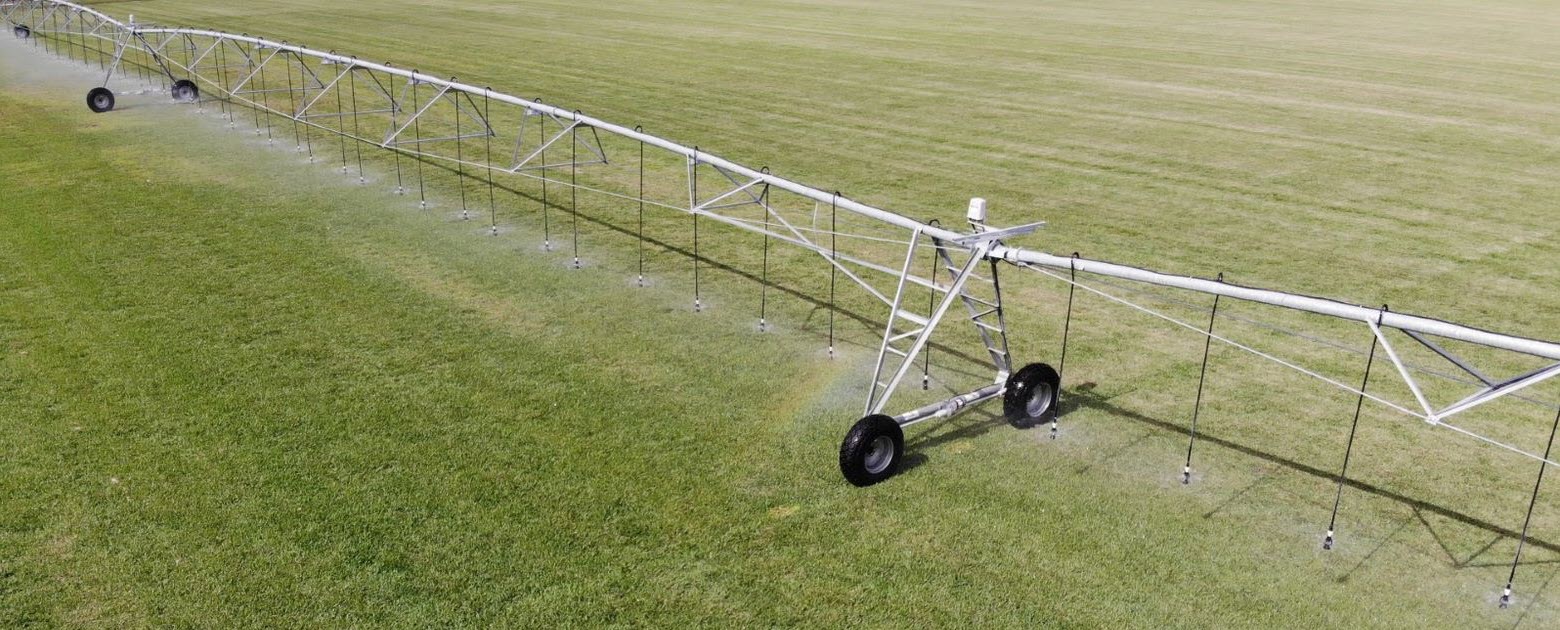
AGRICULTURAL BEST MANAGEMENT PRACTICES
Agricultural Best Management Practices (BMPs) are practical, cost-effective actions that agricultural producers can take to conserve water and reduce the amount of nutrients (fertilizers and animal waste) and other pollutants entering adjacent waterbodies or the groundwater system. BMPs are designed to benefit water quality and water conservation while maintaining or even enhancing agricultural production.
Did You Know?
Additional Resources

Florida Healthy Beaches Program
Florida Department of Health conducts routine bacterial monitoring in an effort to protect the health and safety of Florida’s beach visitors. Results of the routine monitoring and any resultant advisories are provided by local county health departments.

Green Infrastructure
Green stormwater infrastructure is a cost-effective and resilient approach to managing wet weather impacts that provides many community benefits.
While conventional stormwater infrastructure is designed to move urban stormwater away from the built environment, green infrastructure reduces and treats stormwater at its source while delivering environmental, social and economic benefits.
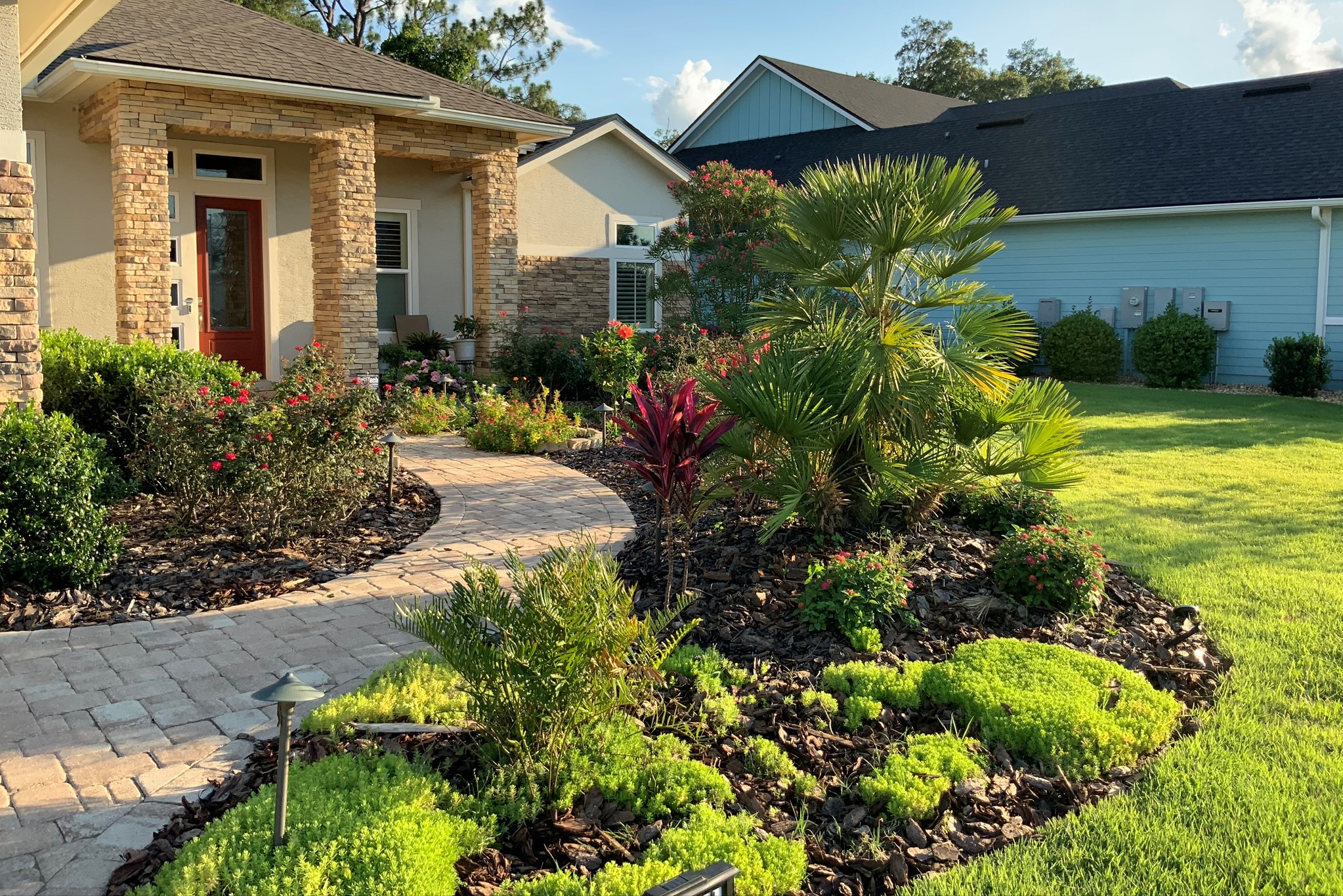
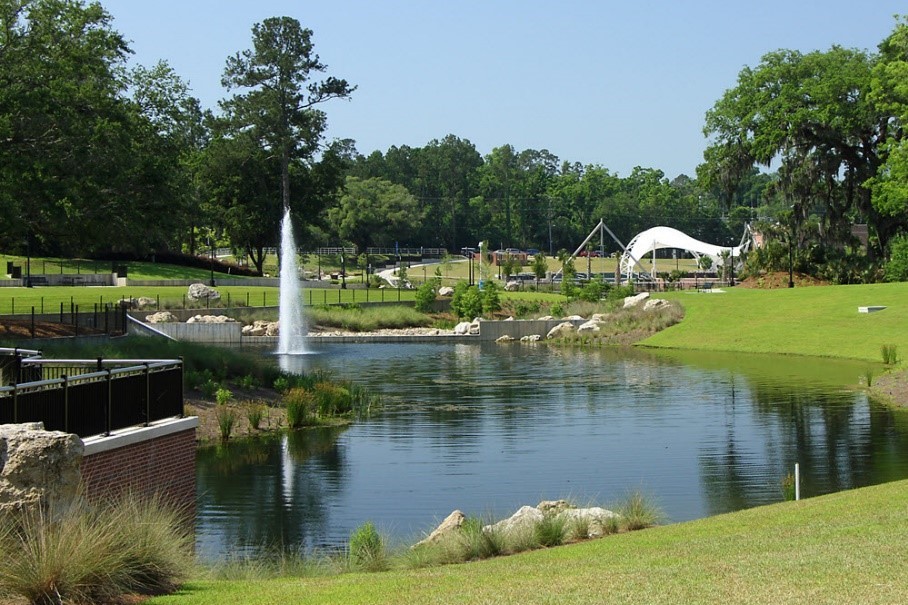
FLORIDA’S POLLUTANT REDUCTION PROJECT TOUR
Tour 20 projects designed to reduce nonpoint source pollution. Nonpoint source pollution, unlike pollution that is generated from site-specific activities including industrial and sewage treatment plants, comes from many sources, including stormwater and septic systems.

ANNUAL REPORT ON FLORIDA’S WATER QUALITY AND QUANTITY
Each year, DEP prepares a report detailing the status of environmental assessment and restoration programs, including total maximum daily loads, basin management action plans, minimum flows and minimum water levels, and recovery or prevention strategies.
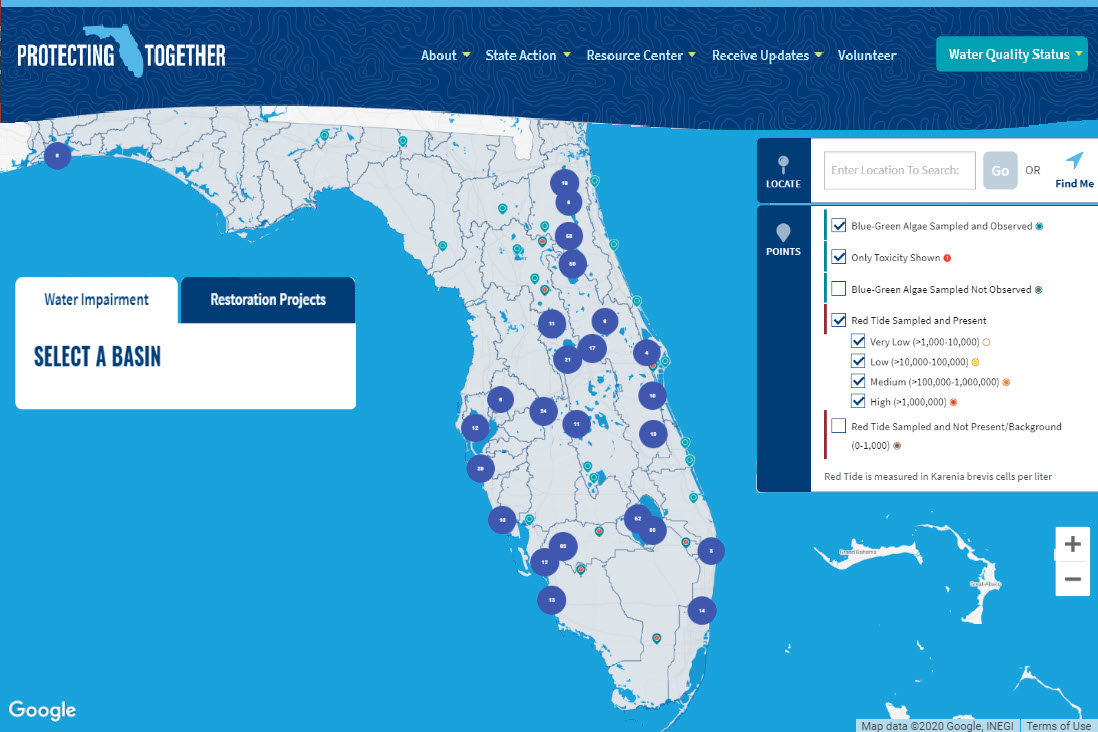
Water Quality Status Dashboard
The Protecting Florida Together Water Quality Dashboard delivers relevant water quality information statewide including blue-green algae, red tide and nutrient monitoring data. This map helps to ensure transparency and accountability with respect to our water quality data and its exchange with the public. Information for this map provided by DEP and FWC.
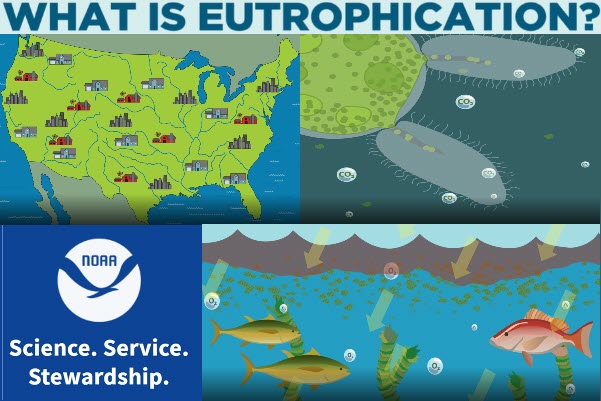
What is Eutrophication?
Learn about eutrophication from the National Oceanic and Atmospheric Administration. Eutrophication is a big word that describes a big problem in the nation's estuaries. Eutrophication occurs when the environment becomes enriched with nutrients, increasing the amount of plant and algae growth to estuaries and coastal waters.
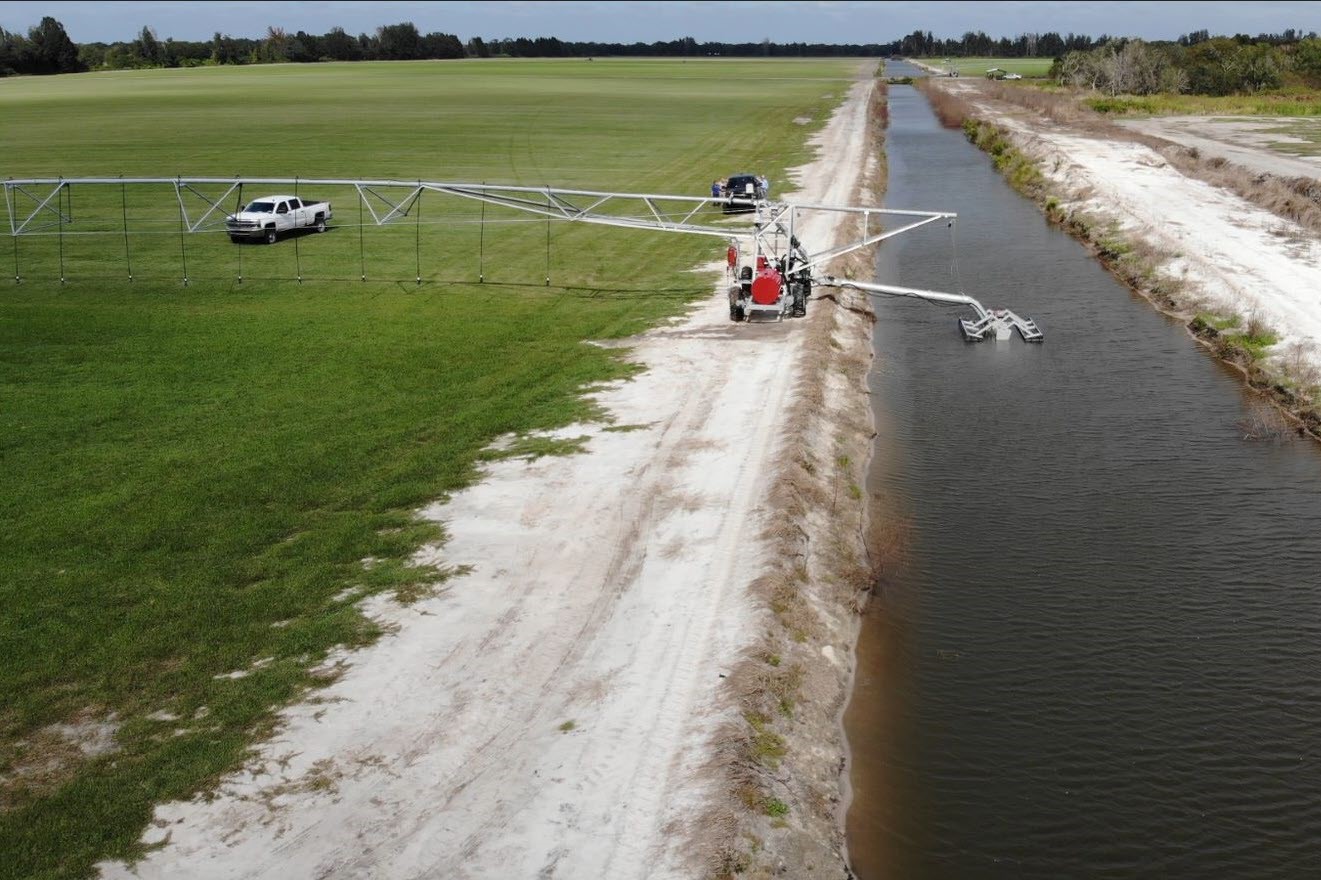
AGRICULTURAL BEST MANAGEMENT PRACTICES
Florida Department of Agriculture and Consumer Services’ (DACS) Best Management Practice manuals provide essential information for agricultural producers working to conserve water and reduce the amount of nutrients and other pollutants entering our surface water and groundwater systems.

NUMERIC NUTRIENT CRITERIA TRACKER
DEP’s web-based geographic tool, displays information about waterbodies and applicable nutrient criteria throughout Florida.

Nitrogen Source Inventory and Loading Tool
The Nitrogen Source Inventory and Loading Tool Tallows (NSILT) an exploration of the relative contribution of nitrogen from various sources, and considers ecological processes that influence the transformation of nitrogen containing compounds as they move from the land surface to the Upper Floridan Aquifer, the primary source of water emanating as spring discharge.
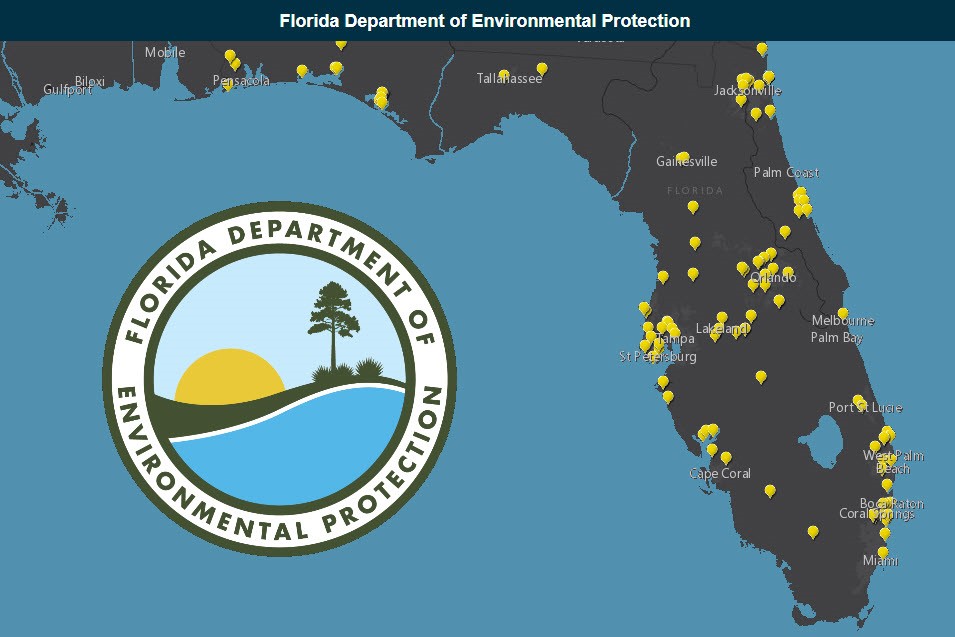
Wastewater Incident Reporting
Wastewater utilities and owners of satellite collection systems are required to report spills which are of 1,000 gallons or greater, or which may threaten the environment or public health to DEP through a tollfree, 24-hour hotline known as the State Watch Office. Spills may also be reported to DEP using the Public Notice of Pollution Portal.
The public is also encouraged to report any spills or suspected wastewater incidents to the State Watch Office, to their local DEP emergency response office or local delegated program.
State Watch Office - 1-800-320-0519
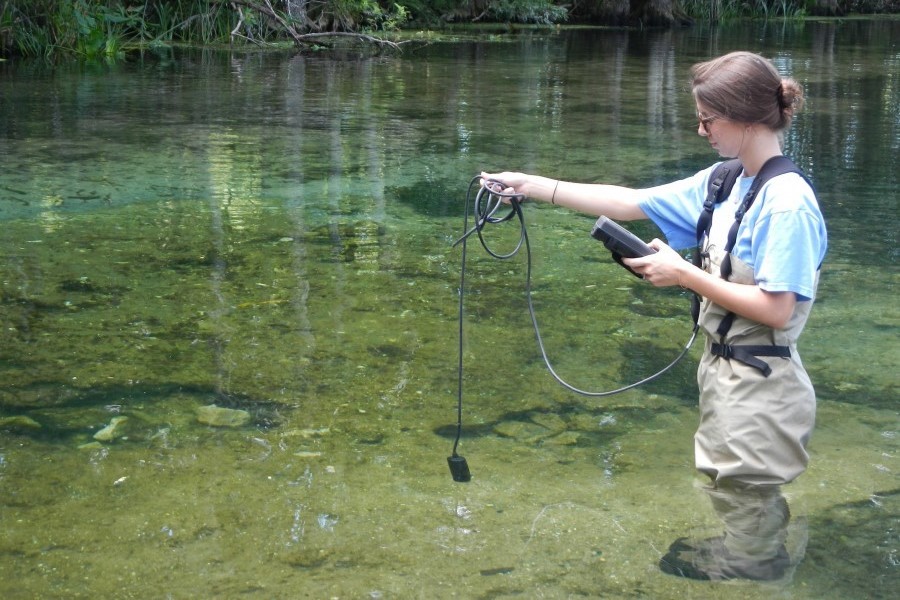
FLORIDA WATER RESOURCES MONITORING COUNCIL
The Florida Water Resources Monitoring Council (FWRMC) promotes information sharing among stakeholders that participate in monitoring and management of marine and coastal waters, fresh surface waters and groundwater in Florida.
